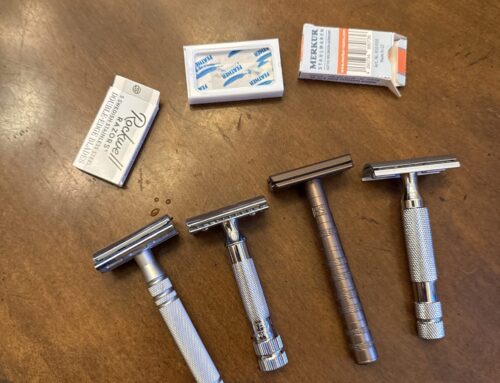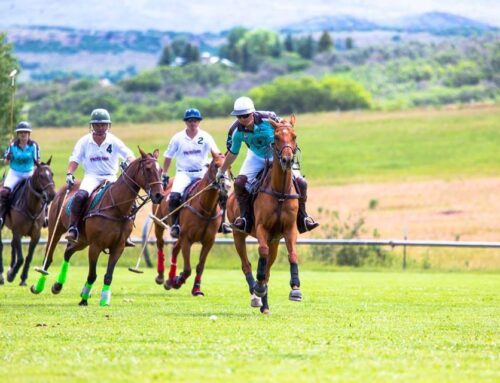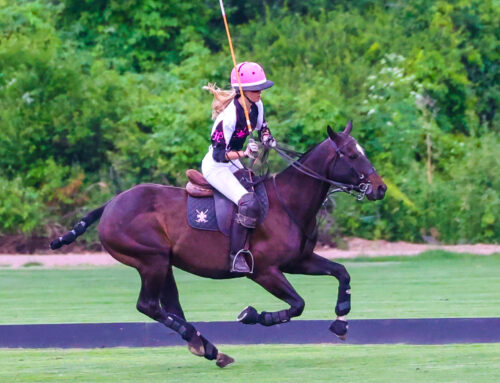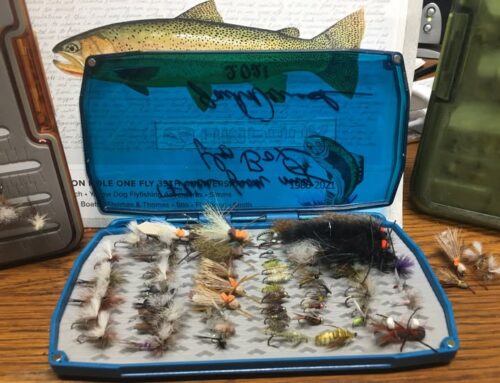What we do
Ironite in the spring applied liberally, not necessary to water immediately but should if possible
Early summer, then do Scotts Western Turf Builder on 5 1/2 setting on spreader, then water immediately.
2024 Ryobi electric mower manual
Toro Lawn Mower 150cc 22″ for mulching Model 21465
https://yardcare.toro.com/category-maintain/mower-info/spring-is-here-is-your-mower-ready/
If have big brown patches from spider mites try a lawn treatment like Sevin from Lowes.
Garden in a box is a wonderful resource, they are doing their fall sale right now. I’ve planted 6 gardens from them and all are filling in beautifully. Xeric + native plants.
Check high country gardens online for information and inspiration.
Go online to Resource Central in Boulder Colorado will help you. They are a nonprofit and will help you with removing your existing lawn.
Rip it out and xerascape it. Rent a rotiller, plant seeds (thick), you should be O.K. Check the time to plant grass seeds in this area. Keep in mind xeriscape May be water wise however, is more work than a lawn, by far.
Colorado polo turf manager shares his healthy-lawn secrets
Polo ponies give turf a beating that residential lawns never will see. Tips from the pros can help improve your yard. By THE DENVER POST | newsroom@denverpost.com PUBLISHED: April 4, 2012 at 10:09 a.m. | UPDATED: May 1, 2016 at 6:53 p.m.
Keeping grass healthy after a pounding from sports teams is a challenge. But when your athletes run at 40 mph and leave divots the size of dinner plates, your focus is on more than a few thin spots.
It’s on keeping that turf dense so that all players stay healthy — whether they’re a hovering ladybug or a thundering steed.
It’s Dave Radueg’s job to keep a big patch of turf in top form. His domain hosts the largest charity polo match in the United States, the Schomp BMW Denver Polo Classic. His title: polo turf manager of the Columbine Equestrian Center in Littleton, where team Valiente trains.
“Even the biggest football player is only going to be about 400 pounds, but these polo ponies weigh well over 1,000 each, and every step they take leaves four divots,” said Radueg. Multiply that by eight ponies charging up and down for six “chukkas,” or seven-minute periods, of play, and you get a lot of holes. “The bulk of my career is spent fixing divots.”
Safety is crucial for all players, but for the horses, a broken leg can mean their final match. “Green grass and a pretty field are great, but footing is the most important thing.” So Radueg focuses on basics for keeping the field perfect.
Aerate and top-dress
“For lawns, the best thing to do is core aeration. I really stress getting oxygen into the root zone,” says the 13-year veteran of turf management.
The pounding of hooves, paws or feet creates soil compaction. Aeration pulls plugs of soil up to the surface, opening up the ground so air can reach grass roots. The cores will break down over time, but if you don’t like the look of them, rake them off or run the mower over them to knock them apart.
Lawns that have to thrive in Colorado’s heavy clay soil can be helped by a composted manure top-dressing. Use a drop spreader to sprinkle a quarter-inch of composted manure across your yard (three-quarters of a yard of compost for every 1,000 square feet). If your lawn is thin, overseed just after core aeration, so that the seed falls into the holes.
Choose grass to fit location and use: High-performance bluegrass is tough and takes foot traffic, while fine fescues thrive in shade. Blends such as the bluegrass and rye Radueg uses are ideal.
Tie on the feedbag
Dense, healthy lawns keep weeds from muscling in. Fertilize to get the lawn to grow and thrive, says Radueg; good nutrition is as important to grass as sunlight and water. “Definitely get a soil test. The lab will make recommendations for what you need. I like (to get) them every year to fine-tune the care.”
Once you see what the lawn needs, fertilize it, but avoid overfeeding. The time to feed bluegrass, rye or fescues is now, but if you fertilized last fall, hold off until May. Buffalograss won’t need feeding until summer.
Long, cool drinks
Water is crucial to lawn recovery, but pop-up sprinkler heads are a problem in polo fields, so Radueg does what many homeowners do: He drags hose. On 20 acres, he spends six hours moving four reels of 300-yard-long hoses across the field.
If you do have an automatic system, after the last freeze, turn on your system and check each head, making sure each is pointed in the right direction, isn’t clogged by soil and actually works.
And what about those divots? You might have heard about the divot stomp, where spectators replace the grass churned up by the ponies. “If a divot is flipped back over quick enough, the grass knits back in within a couple of days,” Radueg says. “But they only do that between the third and forth chukka, so I have a crew of 10 to 12 people there just to flip divots.”
Read Carol O’Meara on her blog, gardeningafterfive.wordpress.com.
What the lawn pros say on which lawn fertilizer should you choose?
by Catherine on May 4, 2013
Once your grass has turned and green and spring is here to stay, fertilizing will help your lawn take up needed nutrients. Smart fertilizing will help your lawn be green, thick, healthy, and drought-resistant this summer. If you have a lawn, you need to fertilize it.
Keep in mind there’s more to it than just fertilizer.
Fertilizer is only one of the four critical practices you need for a great lawn this summer. If you’re just starting out, check out my article on “Easy Steps to a Great Lawn.” The other three practices are core aerating, watering, and mowing.
What type of fertilizer should you buy?
In a nutshell, you need to buy a fertilizer that supplies the nutrients that your lawn needs, without any extra stuff you don’t need. Most lawns in Colorado need nitrogen. That’s about it. Talk about simple needs. Keep in mind that the nitrogen in a form that won’t feed it too quickly or too slowly.
So, when you’re standing in the garden center, how do you know which fertilizer contains nitrogen– and in the right form? Which bag should you buy? Let’s get straight to my recommendations:
Here are the good choices.
The fertilizers listed below fit the criteria I’ll explain later, plus they are generally available at many garden centers and nurseries along the Front Range. Undoubtedly, there are additional high quality fertilizers at your local garden center or nursery made by different manufacturers. Feel free to choose them once you figure out what’s in the bag. I put an Amazon link to the Scotts fertilizer just in case you’d like it shipped to you.
- Richlawn Turf Food
- Scotts Turf Builder
- Sta-Green Lawn Fertilizer Plus Iron
- Ace Hardware Brand Lawn Fertilizer
- Scotts Snap Pac Lawn Fertilizer
- Scotts Natural Lawn Fertilizer
No guarantee of availability or performance is implied.
Here are pictures of the bags just in case you want to know you’re getting the right stuff. Notice the Sta-Green fertilizer has two different looks to their bags. I think one is last year’s and the other is this year’s design, but they appear to be the same product.
Shouldn’t you buy a fertilizer with weed and feed?
Generally not. Avoid using lawn fertilizer with weed killer most of the time.
Here’s the problem with using weed and feed fertilizer every time you feed your grass:
All of your landscape plants that root into your lawn (which is all of them close to the lawn) will take up the weed killer through their roots. The weed killer in the fertilizer affects “broadleaf plants,” which includes most plants that are not a type of grass. Guess what? Your trees, shrubs, and flowers are all broadleaf plants.
The weed killer will weaken your trees, shrubs, and flowers over time, since the weed killer effects all non-grass plants. Especially avoid using weed and feed if you have a tree planted in or close to your lawn. Here’s an article that discusses this topic further.
Spot spray weeds in your lawn instead
You can use a bottle of weed killer for your lawn to spot spray weeds rather than using weed and feed fertilizer.
It’s a much better practice to use lawn fertilizer that does NOT contain weed killer. If you end up with weeds in your lawn, use a bottle of ready-to-use “lawn weed killer” to spray the individual weeds when you notice them. Since you’re applying just a little bit in a very small area, it’s much less likely that your landscape plants will take up the weed killer.
So I’m saying that you should NEVER use weed and feed? Well, if you have a terrible dandelion problem throughout your whole yard, it’s okay to use weed and feed once or twice to get the problem under control. Just don’t use it indefinitely after the weeds are under control. You definitely don’t need to use it every time you fertilize.
But shouldn’t you get a fertilizer with crabgrass preventer?
Only choose a fertilizer with crabgrass preventer if you have a problem with crabgrass. How do you know if you have a problem with crabgrass? Think back to last year. Did you notice grassy weeds that look like this? If you’re sure you’ve indeed got crabgrass, choosing a fertilizer with crabgrass preventer might be a good idea.
If you don’t recall having crabgrass in your lawn, choose a fertilizer that does not include crabgrass preventer. There’s no sense in adding extra chemicals to your landscape that you don’t need. Applying chemicals “just in case” is not good for the environment or you.
Here are two types of lawn fertilizer with crabgrass preventer you’re likely to see.
Crabgrass does not start growing in most Front Range communities until mid-May. It dies over the winter and grows from seed each summer once the soil has warmed up. If you have grassy weeds that are at least a couple inches tall in March or April, it’s likely you have a different grassy weed like orchardgrass, smooth brome or quackgrass. Crabgrass preventer won’t get rid of these weeds, so don’t bother applying it.
What about the three numbers on the bag?
The three numbers on the bag list the percent of nitrogen, phosphate and potash by weight.
The three numbers on the bag are not that important when choosing a fertilizer, so don’t let this slow you down. Most lawn fertilizers generally are formulated to contain mostly nitrogen, plus little to no phosphate or potash. This is exactly what your lawn needs.
Rather than determining which fertilizer to choose, the numbers on the bag will affect how much you should apply to your lawn. Generally, the rate to apply the fertilizer is described on the back of the bag. It’s based on what type of fertilizer spreader you have.
If there are two recommendations on the back of the bag, choose the lower rate so you’re putting less fertilizer on your lawn. Going this route will make sure you don’t burn your grass or cause it to grow too quickly. You can learn more about how much to apply here.
What about iron?
This lawn fertilizer contains iron. It’s okay to use.
Occasionally, lawns in Colorado will be deficient in iron. If you notice a persistent yellowing of your grass that doesn’t improve after you apply nitrogen fertilizer, it’s possible your lawn needs iron. So, it’s okay to choose a fertilizer that contains iron.
If, however, you’ve never had a problem with your lawn yellowing, skip the iron.
What about insect or grub control?
It’s really not necessary in Colorado. I very rarely find grubs are a problem in home lawns. Billbug damage doesn’t even show up until July or August, which is not the right time to fertilize. Deal with insects or grubs separately from fertilizing.
Here are some photos of lawn products that contain insect killers. These are not necessary to use in Colorado on a regular basis.
What about how quickly the nitrogen is released from the fertilizer?
It’s a good idea to stay away from fertilizers with only 100% quick release nutrients. Most quality lawn fertilizers on the market have a mixture of quick and slow release nutrients, which is best for your lawn. It helps your lawn grow slowly and steadily rather than growing quickly. If it grows too quickly, the tender, succulent growth will crash when hot weather arrives. Remember, the tortoise wins the race.
Here are some quick release fertilizers to avoid. Don’t buy these if the main label on the bag says the fertilizer contains ONLY any of the following: urea, ammonium nitrate, ammonium sulfate, potassium nitrate, or calcium nitrate. You’d most likely encounter these at a farm supply store or garden center and they’re usually significantly cheaper than the other lawn fertilizers on the shelf. Spend a little more this year to make sure you don’t feed your lawn too quickly.
When is the best time to fertilize?
May 1 to June 15 is a great time to do your spring fertilization in most Front Range communities. Don’t fertilize once the weather gets really warm. Avoid fertilizing your lawn in June, July, and August. It’s even better to fertilize your lawn in fall– once around Labor Day and again around Halloween.
What about fertilizing before May 1? It might be beneficial, or might not. Check out this post to read more.

















